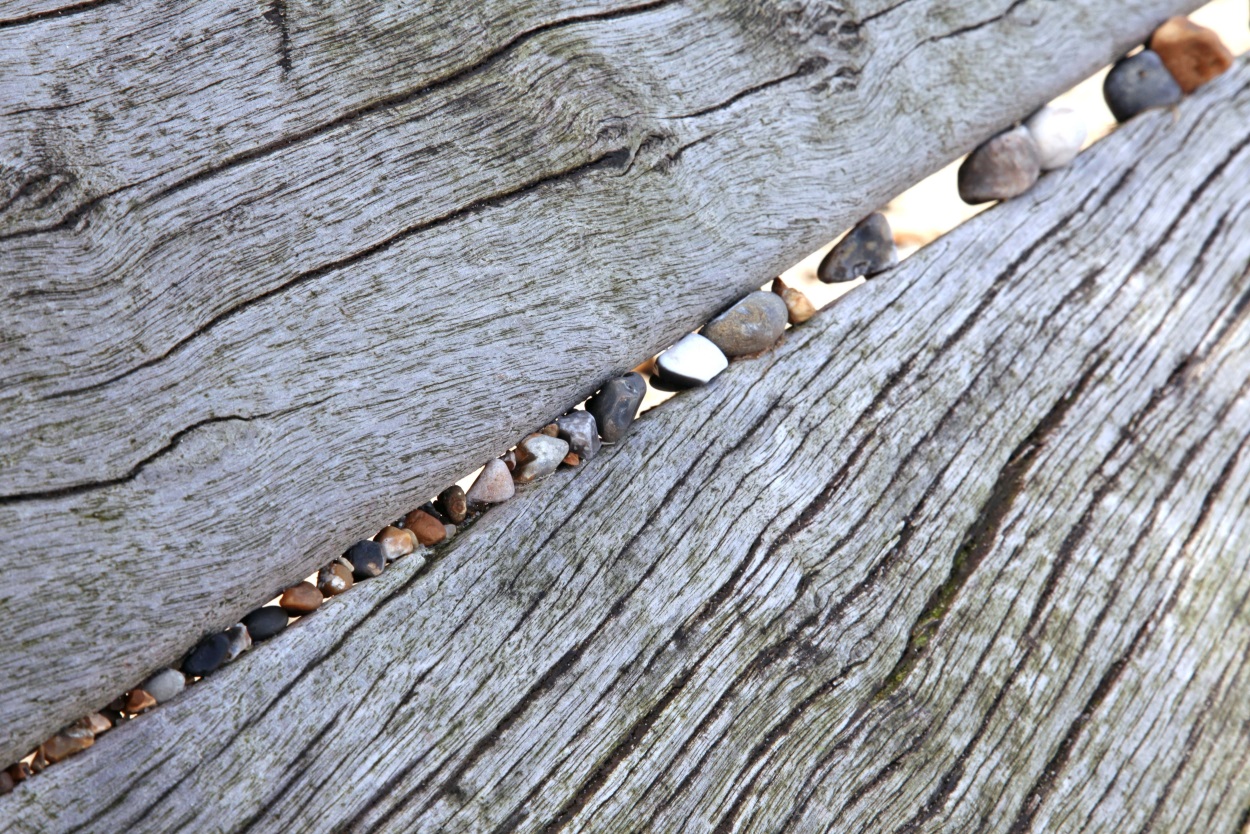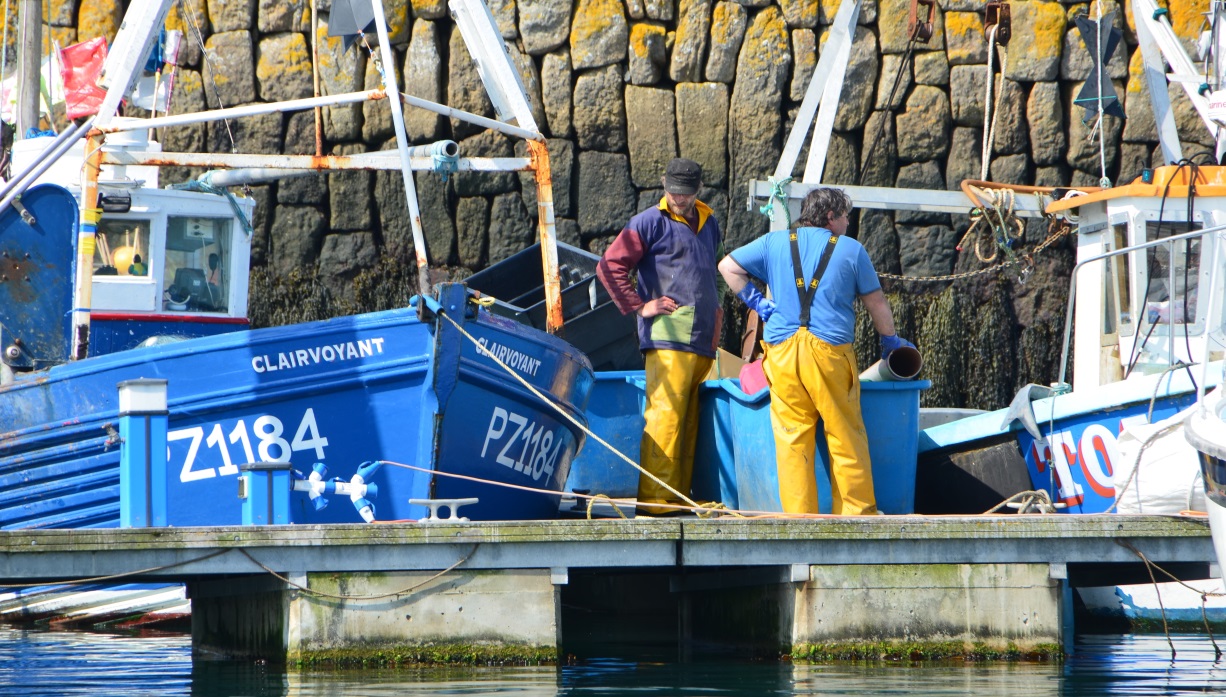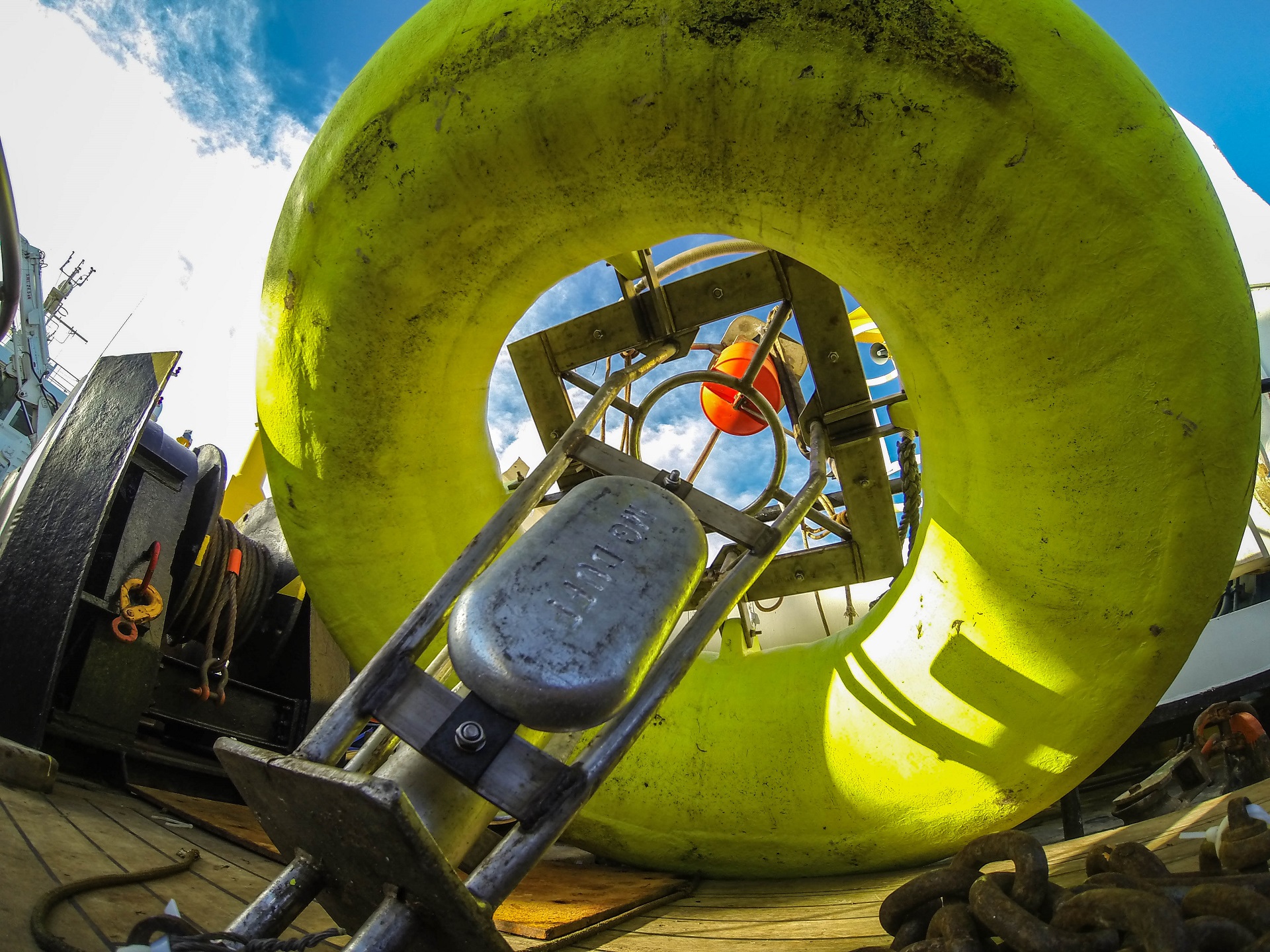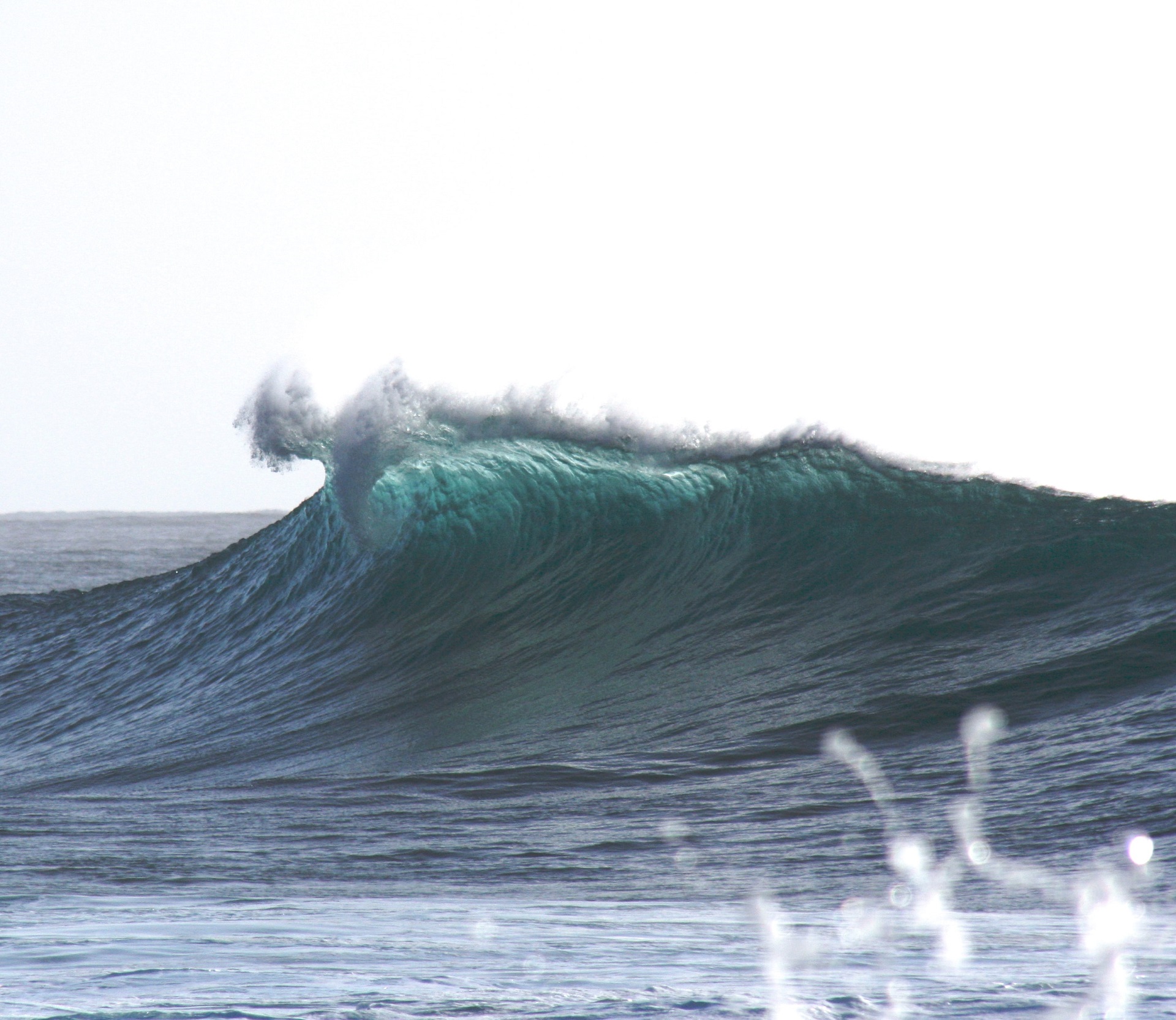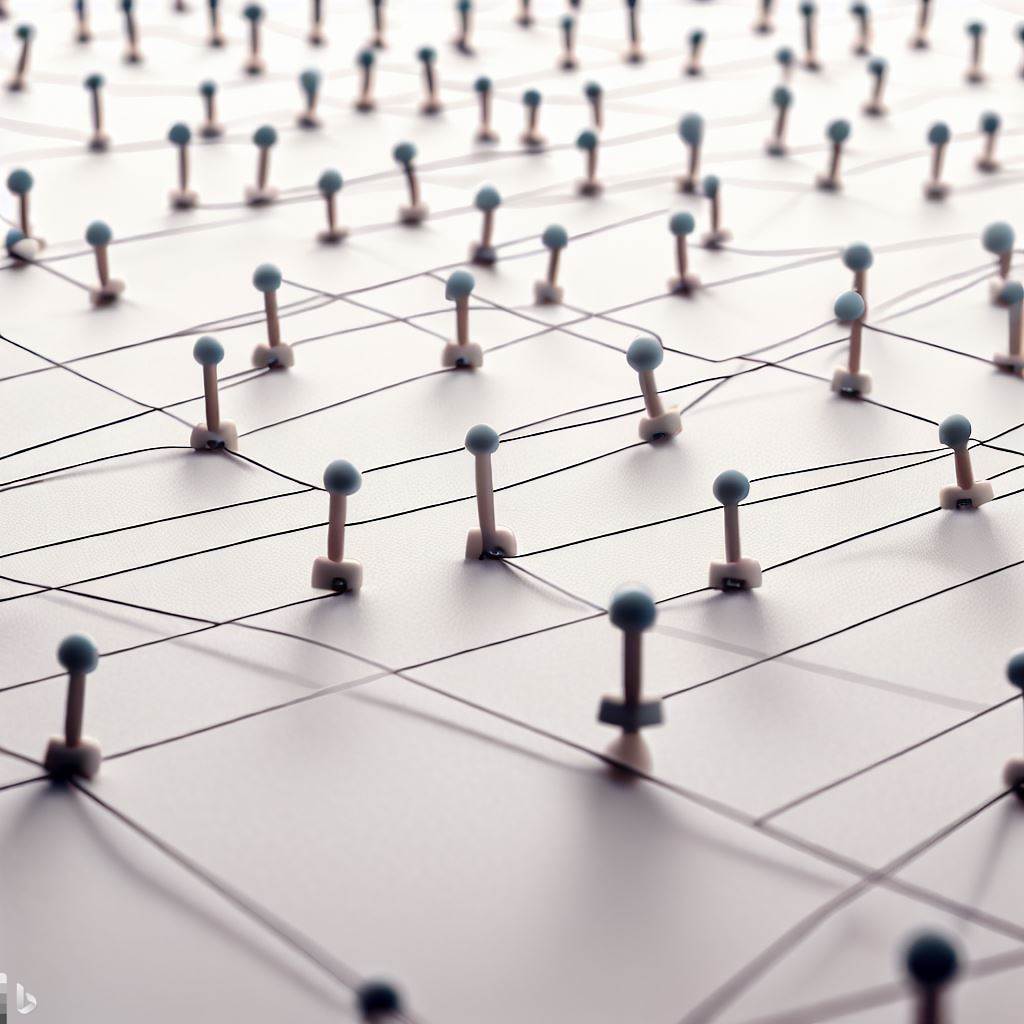
Data and Publications
As a world leader in marine science and research, we generate considerable quantities of data. We also produce a broad range of reports and other types of publication.
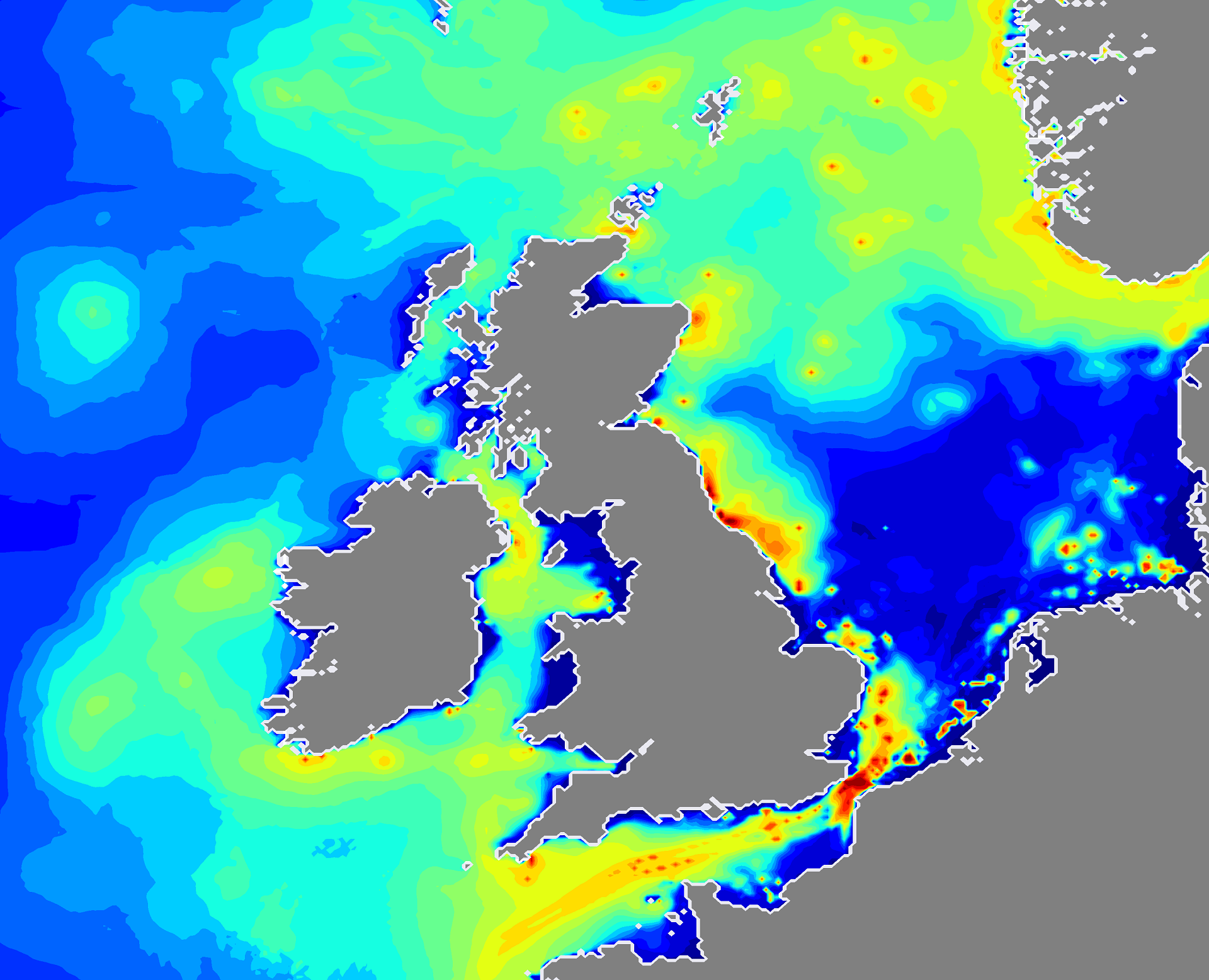
Explore Our Data
Fish Stomach Records
An ongoing initiative to digitise and make available fish stomach content records spanning the past 100 years.
Discover stomach contentsFisheries Data Archive Centre
The Fisheries Data Archive Centre (FishDAC) contains fish, shellfish, fisheries and related samples data.
Discover FishDACHarmful Algal Blooms (HABS) Surveillance Programmes and Monitoring
At certain times of the year naturally occurring algae in the sea can give rise to blooms, which may not necessarily be noticeable. Algae in these blooms may produce potent biotoxins. These can accumulate in filter-feeding bivalve molluscs and sometimes in other shellfish, such as grazing gastropods.
HABSOffshore Chemical Notification Scheme (OCNS)
Applies to chemicals that are intended for use and discharge in the exploration, exploitation and associated offshore processing of petroleum in the UK and Netherlands.
Explore OCNSRegistry of Aquatic Pathology
Scientists within our Pathology and Parasitology team have developed an exclusive database and specimen archive system
Registry of Aquatic PathologySea temperature and salinity trends
We collect data on sea-surface temperature (and sometimes salinity) at a number of coastal sites around England and Wales.
Sea temperature and salinity trendsSanitary surveys
Sanitary surveys are an essential first step towards establishing a microbiological monitoring programme for the classification of bivalve production areas. All new bivalve production areas require a sanitary survey.
Sanitary surveysShellfish classification and microbiological monitoring
Bivalve mollusc (shellfish) harvesting areas are classified according to the extent of microbial (faecal) contamination as shown by monitoring of E. coli in shellfish flesh. Treatment processes are stipulated according to the classification status of the area.
Shellfish classification and microbiological monitoringShellfisheries water quality
We provide integrated policy advice, covering issues related to food quality and pollution impacts in coastal waters. The main focus of our advice is on the microbiological eaffects of human and animal pollution on commercially harvested bivalve molluscs (e.g. mussels, oysters, cockles, clams).
Shellfisheries water qualitySmartBuoys
These autonomous systems are moored, automated, multi-parameter recording platforms used to collect marine environmental data.
SmartBuoysWastewater surveillance
Cefas provides advice, standardised methods and guidance on wastewater-based epidemiology via the wastewater reference laboratory.
Wastewater surveillanceWaveNet
WaveNet, Cefas’ strategic wave monitoring network for the United Kingdom, provides a single source of real-time wave data from a network of wave buoys located in areas at risk from flooding.
WaveNet
Publications
Digital Object Identifiers (DOIꜱ)
Cefas are able to issue DOIs for datasets which can be included in scientific publications, allowing the reader to access supporting data.
DOIs

